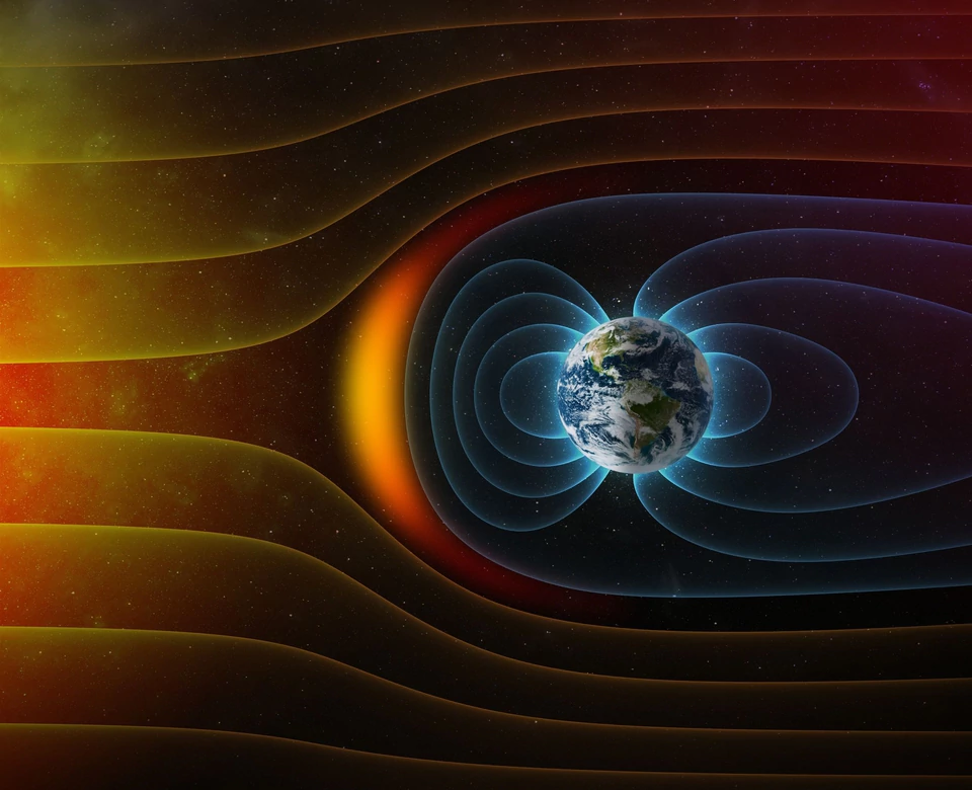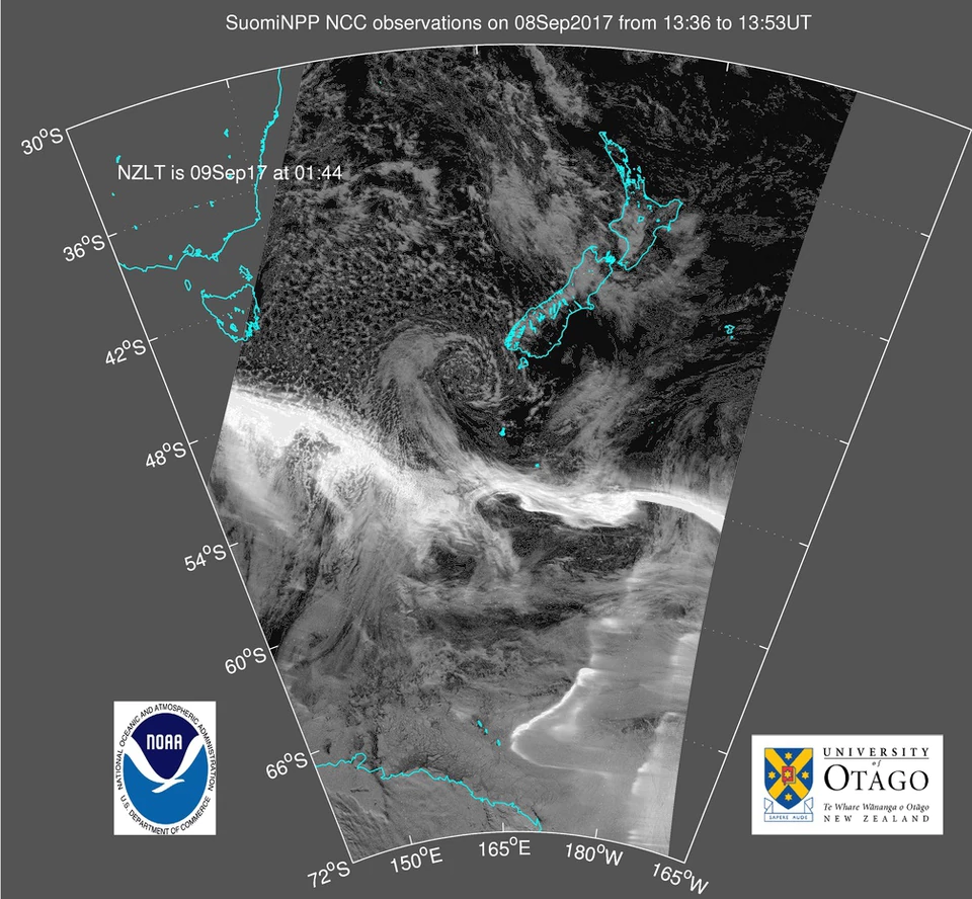
Did a space storm contribute to Auckland’s fuel crisis?
Professors say we’re now more vulnerable as we’ve become more technologically dependent
By Jamie Morton
Scientists say the sun may be corroding New Zealand’s pipelines, and might have played a role in Auckland’s recent fuel crisis - but not in the way we might think.
Geomagnetic storms are a temporary disturbance of the magnetosphere, which surrounds our planet and is formed by the interaction of the solar wind and Earth’s magnetic field.
When giant explosions on the sun - or solar flares - send energy, light and high-speed particles into space, the solar wind shock waves typically strike Earth’s magnetic field 24 to 36 hours later.
Coronal mass ejections - eruptions of gas and magnetised material from the sun - similarly have the potential to wreak havoc on satellites and Earth-bound technologies, disrupting radio transmissions and causing transformer blowouts and blackouts.
“We’re vulnerable to these as we’ve become more and more technologically dependent,” said Otago University’s Professor Craig Rodger.
“It can affect not only our power network, but also things like satellite communications.”
Now, Rodger and fellow physicist Dr Malcolm Ingham, of Victoria University, say infrastructure in the firing line might not just be above us, but below our feet as well.
Because of the process of electromagnetic induction, currents induced in the Earth can also affect pipelines - and some areas, including Auckland and Northland, are more vulnerable.
The researchers are midway through a Government-funded research project focused on reducing the damage to electrical networks from these currents.
“If there’s a break in the pipeline’s cladding, currents that travel from the pipe to the ground can cause corrosion of the pipe,” Ingham said.
To stop that happening, pipelines had power sources along them to keep the voltage of the pipe negative relative to the voltage of the ground.
However, more than 20 years ago, researchers showed that the currents induced by geomagnetic activity could cause the voltage of the ground to vary so much that at times the pipe voltage became positive relative to the ground.
“This means that if you’ve got a hole in a pipeline cladding, variations in the geomagnetic field will cause corrosion over time, leading to containment failure and leakage.”
New Zealand’s geography influenced the location and size of electrical currents in the ground.
Induced currents were typically larger in directions perpendicular to the coastline, making Auckland and Northland especially vulnerable to variations, because of the narrow make-up of the land.
Ingham even suggested last month’s damaged fuel pipeline in Northland was probably an example of how pipelines could be affected by geomagnetic storms if the pipe cladding is damaged.
“If a digger has previously, even years ago, scraped the coating of that pipeline, each geomagnetic storm since could have caused a little bit more corrosion and eventually it would give.
“That event also happened a few days after a big geomagnetic storm.
“To me, the effects of geomagnetic storms is something that should be considered when investigating the cause of the [leak].”
More research had to be done into how to mitigate corrosion to pipelines because of changes in the geomagnetic field, the researchers said.
Rodger leads the Otago Space Weather research group and the Government-funded joint project into the potential damaging effects of “solar tsunamis” on the nation’s electrical network.
He said pipeline corrosion was indeed another infrastructure impact that deserved careful investigation.
“While solar disturbances may create auroras beautiful to behold, the flip side is that such awesome spectacles involve mind-numbing amounts of energy suddenly flooding our geomagnetic field.
“Those changes could potentially play havoc with the technologies we are increasing reliant upon.”




